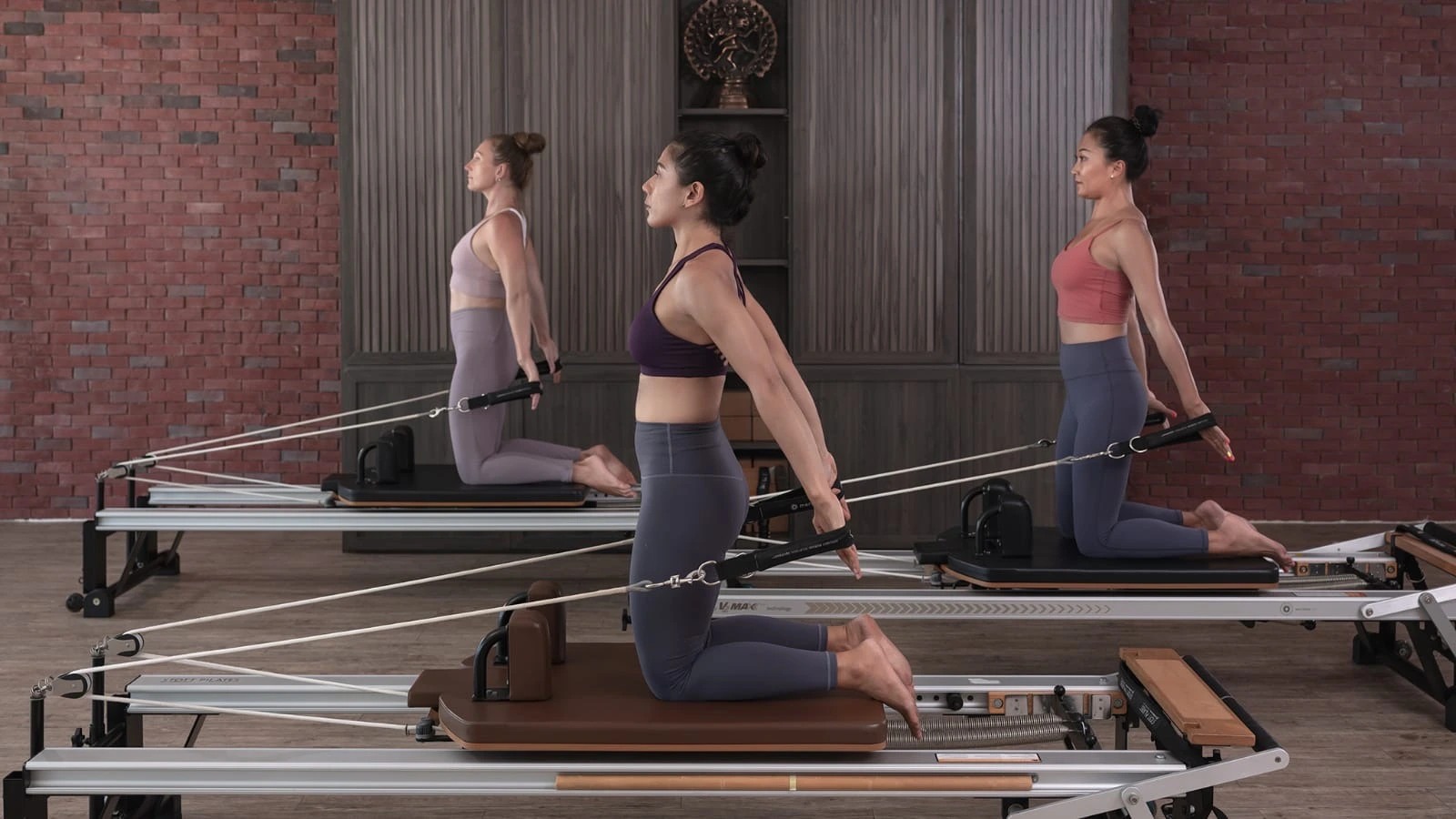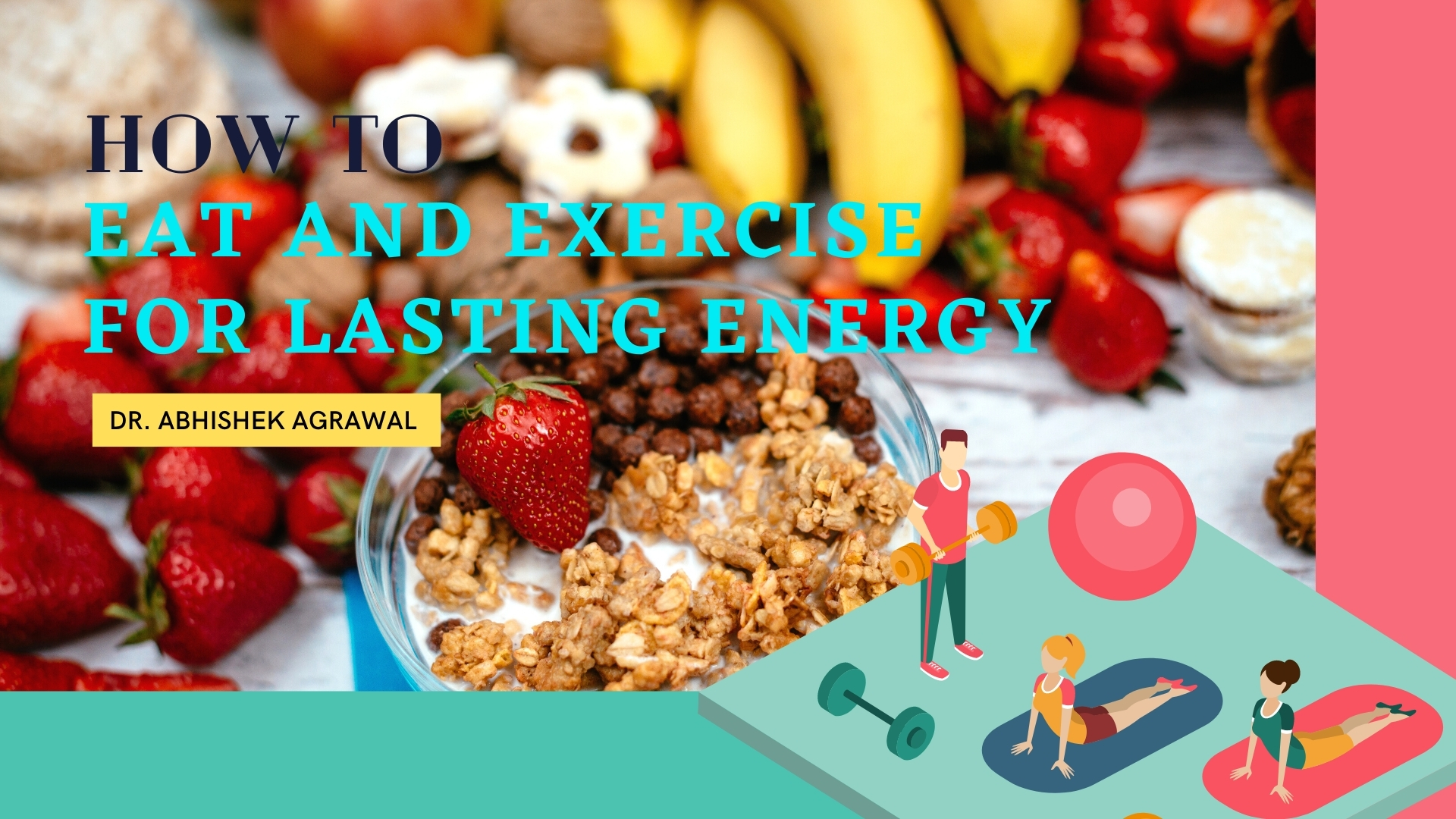The Best Low-Impact Exercise to Reverse Muscle Loss and Protect Your Memory After 50 — Without Meds or Side Effects.
Discover the transformative power of Pilates and resistance training in maintaining your health, strength, and cognitive function as you age.
Introduction: The Hidden Connection Between Muscle and Memory After 50
If you’re over 50 and feeling weaker, more forgetful, or less stable on your feet, you’re not alone — but you’re also not stuck that way.
Recent government-backed studies have uncovered a disturbing connection between muscle loss (sarcopenia) and cognitive decline, including Alzheimer’s disease. This knowledge is crucial, as most adults still focus on cardio or stretching, neglecting the targeted resistance-based movement their body and brain desperately need.
The great news? You don’t need to endure intense workouts, use risky equipment, or rely on prescription pills. A clever, low-impact fusion of Pilates and resistance training can help you reclaim strength, enhance memory, and move with grace — all without harming your joints or experiencing burnout.
What Happens to Your Body and Brain After 50
Ageing naturally brings some physical changes — but not all of them are inevitable.
After 50, your body starts to lose muscle mass at an accelerated rate — up to 1% per year after 60, and even faster if you’re inactive. This condition, known as sarcopenia, leads to:
- Weak legs and core muscles
- Poor posture and balance
- Increased risk of falls, injury, and dependence
- Reduced energy and walking speed
But here’s where it gets serious: research from the U.S. NHANES population study (n = 2,890) found that adults with sarcopenia had a 68% higher risk of cognitive impairment. When combined with other conditions, sarcopenia significantly raises mortality risks from causes including Alzheimer’s disease.
While muscle loss is part of ageing, dementia is not — according to the CDC, these are separate conditions. That distinction is key: muscle loss is modifiable. You can change it.
The Science: How Muscle Health Affects Brain Health
Your muscles and brain are constantly communicating through a system called the muscle–brain axis. Every time you move, your muscles release proteins called myokines, which:
- Support brain cell repair
- Reduce inflammation
- Enhance neuroplasticity (your brain’s ability to adapt and grow)
When muscles weaken, this protective signal decreases — leaving the brain more vulnerable.
A cohort study published by the NIH observed over 900 older adults and found that for every unit increase in muscle strength, the risk of developing Alzheimer’s disease dropped by 43%. The study controlled for age, weight, education, physical activity, and vascular risk.
Moreover, brain imaging studies indicate that individuals with reduced muscle mass are more likely to have smaller brain regions, particularly those associated with memory and decision-making.
The #1 Low-Impact Exercise That Targets Both: Pilates + Resistance Training
So, what’s the best way to combat both muscle and memory loss simultaneously?
Not high-intensity gym routines. Not endless walking. The answer lies in combining Pilates with resistance training — a low-impact, intelligent approach that engages both the body and the brain.
Pilates
- Trains deep core muscles and spinal alignment
- Improves postural balance and flexibility
- Uses spring or bodyweight resistance to retrain movement patterns
- Encourages mindful breathing and neuromuscular coordination
Resistance Training
- Builds muscle strength and bone density
- Boosts metabolism and gait speed
- Shown to improve handgrip and knee extension strength in sarcopenic adults
- Stimulates myokines and strengthens the nervous system
- When done together, these two methods support:
- Brain function through improved circulation and coordination
- Joint health through proper muscle activation
- Safer, sustainable progress in strength and energy
🔍 One review found Pilates training twice per week for 12 weeks produced similar muscle strength gains as resistance training in older adults — with additional benefits in balance and cardiorespiratory endurance.
Why This Approach Works Better Than Walking or Stretching Alone
Walking is great for general movement. Stretching helps with mobility. But neither is enough to reverse muscle loss or protect cognitive function.
That’s because:
Walking lacks resistance — it won’t challenge or rebuild muscle
Stretching improves flexibility, not strength or stability
Both miss the neuromuscular retraining needed for better movement patterns
In contrast, Pilates and resistance training:
Target your postural stabilizers (core, hips, shoulders)
Train your body to move better under a gentle load
Teach you to breathe, activate, and align — the foundation for lasting strength
Comparative studies confirm: Resistance training yields better muscle gains, while Pilates improves flexibility and balance. When used together, they offer complete functional fitness for ageing adults.
What Can You Expect in 4–6 Weeks
When done consistently (2–4 times per week), most people over 50 notice:
- Improved posture and spinal alignment
- Less pain and stiffness in the back, hips, and knees
- Better balance and reduced fall risk
- Mental clarity, focus, and energy
- Confidence in movement and daily activities
One study on older women practising Mat Pilates found a lower risk of sarcopenia, especially in maintaining lower-body strength — a crucial factor in preventing falls and preserving independence.
How to Safely Start Resistance Training If You Haven’t Exercised in a While
If it’s been a while since you exercised — or if you’ve never done strength training. You can start safely with bodyweight exercises or resistance bands, focusing on simple, full-body movements such as chair squats, wall push-ups, or planks.
Start with two sessions per week, on your own, using good form and resting between the workouts. After a few weeks or if you’re unsure where to begin, a quick posture or movement assessment with a professional can help tailor your plan and prevent injury.
Pro tip: Combining low-impact resistance with Pilates builds control and strength safely — especially for adults over 50.
How to Get Started Today — Even If You’re Stiff, Tired, or Out of Shape
You don’t need to be flexible, strong, or fit to begin. Just taking the first step towards a healthier you is an accomplishment in itself.
Try This Weekly Schedule:
Day 1: Pilates Total Body Reformer 50-60 mins class
Day 2: Resistance training (bodyweight + bands/weights) 30-40 min session
Day 3: Rest or follow a Hatha Yoga class on our YouTube channel
Day 4: Pilates Strength training combo (Mat Pilates + strength training) 60-70min session
Day 5: Light walk or balancing and coordination moves
Easy Exercises You Can Start On Your Own:
- Glute Bridge (activates core and hips)
- Wall Push-Up (upper body strength without strain)
- Dead Bug (Pilates core control)
- Seated Band Row (postural strength)
For best results, work with an experienced Pilates instructor or a movement specialist trained in age-related needs. If you are open, a posture and strength assessment can help tailor a safe and effective strategy to your needs.
Dietary Tips to Support Muscle and Brain Function Over 50
Exercise is essential — but without proper nutrition, you won’t get the full benefit. Here’s what to include in your daily meals:
1. Prioritise Protein
Protein helps rebuild muscle tissue and produces neurotransmitters that support memory. 1 – 1.2 grams of protein per kilogram of body weight daily, including eggs, tofu, Greek yoghurt, legumes, fish, or lean meats, spread across meals, is sufficient for most individuals. Remember, human bodies can only absorb 14-20 grams of protein per meal.
2. Anti-Inflammatory Nutrients
Leafy greens (spinach, kale), berries, turmeric, olive oil — reduce inflammation linked to muscle loss and cognitive decline.
Omega-3 fatty acids (from salmon, walnuts, chia) support brain repair and muscle preservation.
3. Stay Hydrated
Dehydration is a hidden cause of fatigue, dizziness, and brain fog — drink water and clear teas throughout the day to stay hydrated. On days of resistance training or heavy sweating, drink coconut water or sports drinks to help restore electrolyte balance.
4. Support Muscle Contraction
Get enough magnesium (nuts, seeds, avocados) and potassium (bananas, sweet potatoes) — both crucial for muscle coordination and nerve signalling.
❗️Avoid excessive sugar, ultra-processed foods, and alcohol — all linked with increased inflammation and sarcopenia progression.
Movement Is the Alternative to Medicine
The science is clear: muscle loss and memory decline are linked, but neither is inevitable.
You don’t need to suffer silently or rely on medications. You can take control of your health and train smarter — with safe, simple, low-impact exercises that rebuild your strength, sharpen your mind, and protect your independence.
Start small. Start today.
You’ll feel the difference in your body — and notice the clarity in your mind.
Want help getting started? Book a posture and strength consultation to receive a personalized movement plan tailored to your body, age, and goals.










